After hours of driving through Eastern Anatolia towards the Armenian border, the landscape was still the same: wide plains occupied with agriculture. There was hay everywhere: either being cut, collected by tractors or lying around. People were busy with harvesting and the tractors were driving back and forth in the fields. It looked like Pol Pot’s dream — turning everybody into a peasant.
We passed some villages. The houses got simpler, some were really tiny with grass growing from their roof. The abscence of gardens made them look triste to me.
Right by the Armenian borden, there are the ruins of Ani. This ancient Armenian capital used to be once a lively rich town on the Silk Road. In 1236, the city was captured and destroyed by the Mongols. A century later an earthquake teared down what was left by the invaders. A former metropolis was reduced to a village and gradually abandoned.
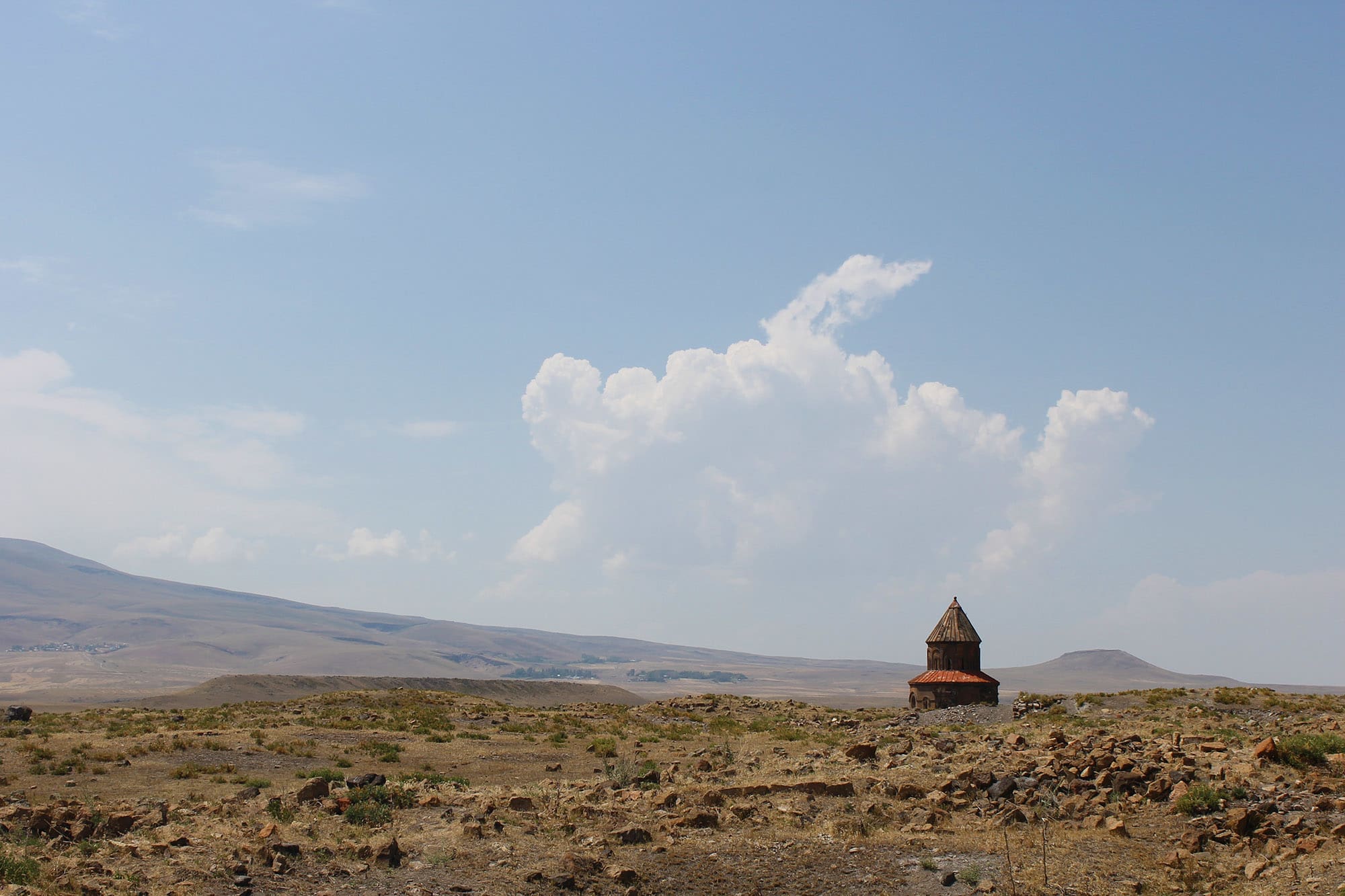
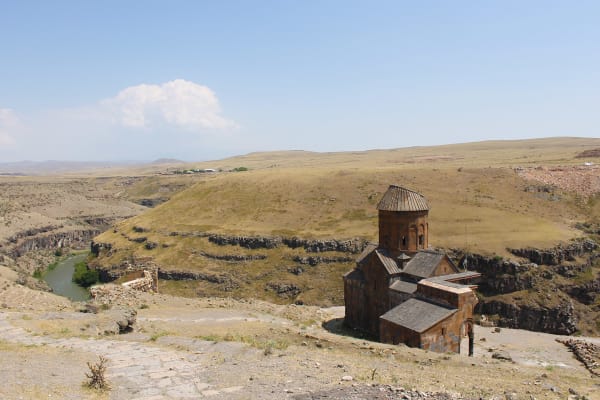
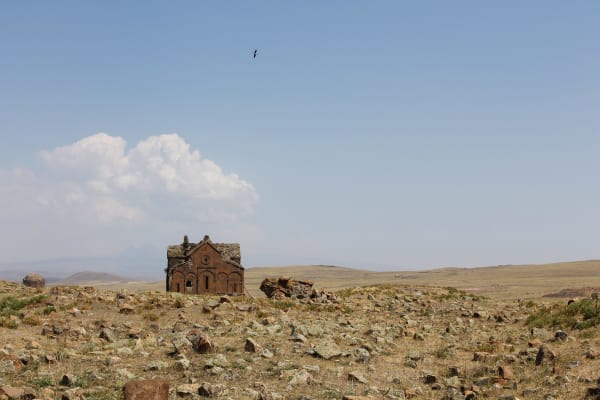
Frankly speaking, we were afraid that we would find another tourist packed Angkor Wat, but it wasn't so. Seldom visitors roamed in the huge field of stones under the merciless burning skies. Except for stones that once used to be somebody´s home, there were only some ruins of churches left. Beneath Ani, a whitewater river whirred through the empty torrid steppes. No doubt the place was worth the day-long ride.
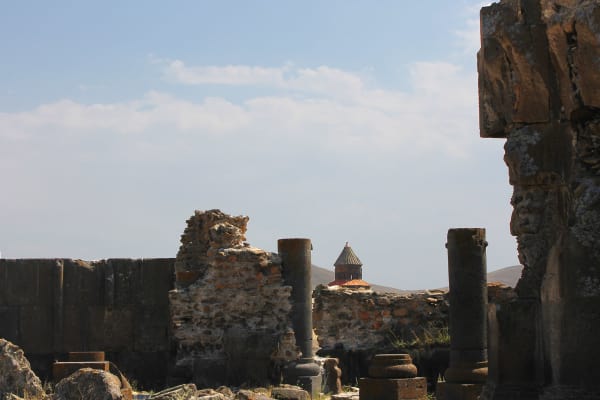
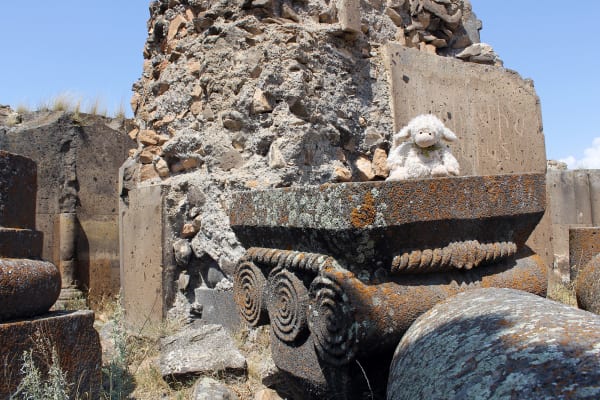
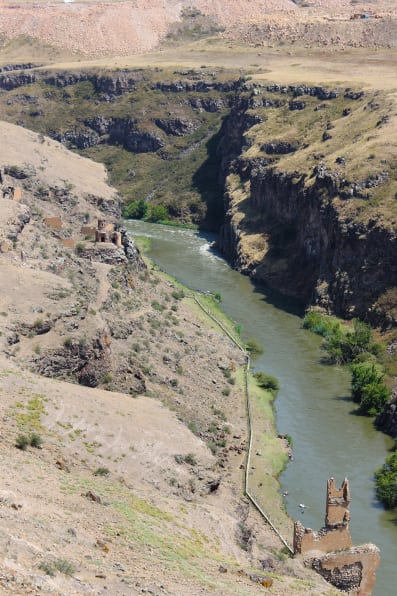
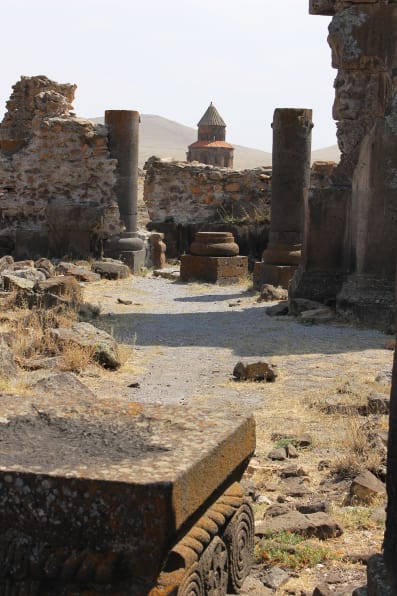
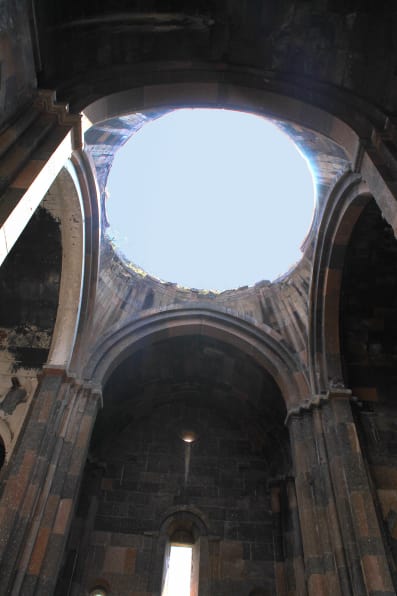
...Or worth staying in Kars, if you are not travelling by a camper van: Kars is the only town close to Ani you may stay for a night. Looking at the town I was asking myself about the criteria the authors of the Lonely Planet have that made them bring both Göreme in Cappadocia and Kars into one travel guidebook together and praise it. But if you generally can't see beauty in a puddle of mud (which surely exists) - don´t plan too much time for this town!
We spent the rest of the day driving to the Karagöl-Sahara Nature Reserve further north. Yellow steppes changed slowly into green valleys and forested mountains. The villages were built of wood here – we never saw similar ones in Turkey before. Strangely, finding a good campsite in the national park was not a piece of pie (as we thought). The only good place by the entrance was occupied by Turkish campers: Some trucks, improvised tents, elderly ladies cooking and their samovars steaming – this kind of camping was in such stark contrast to Croatia.
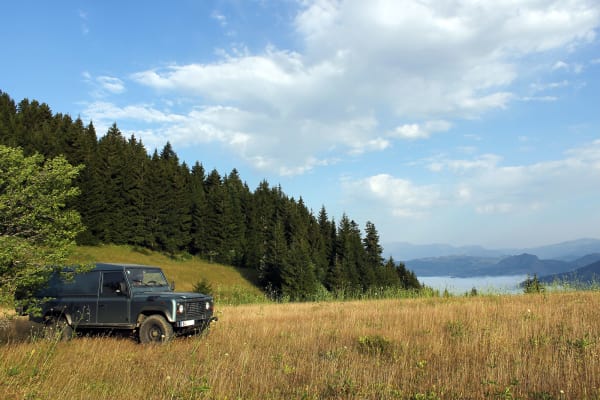
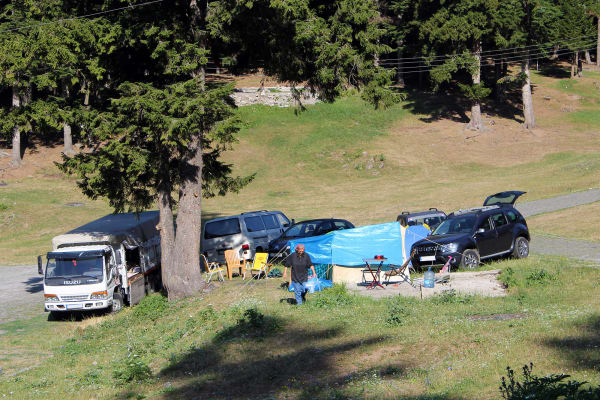
it is you who keeps our site running and helps us grow and bring you more stories from our trips and the local people we encounter. We believe that telling these stories brings the world closer together and is hence a way to make a positive change! Please support us with a small donation on the kofi platform. Even a small contribution makes a big difference!



